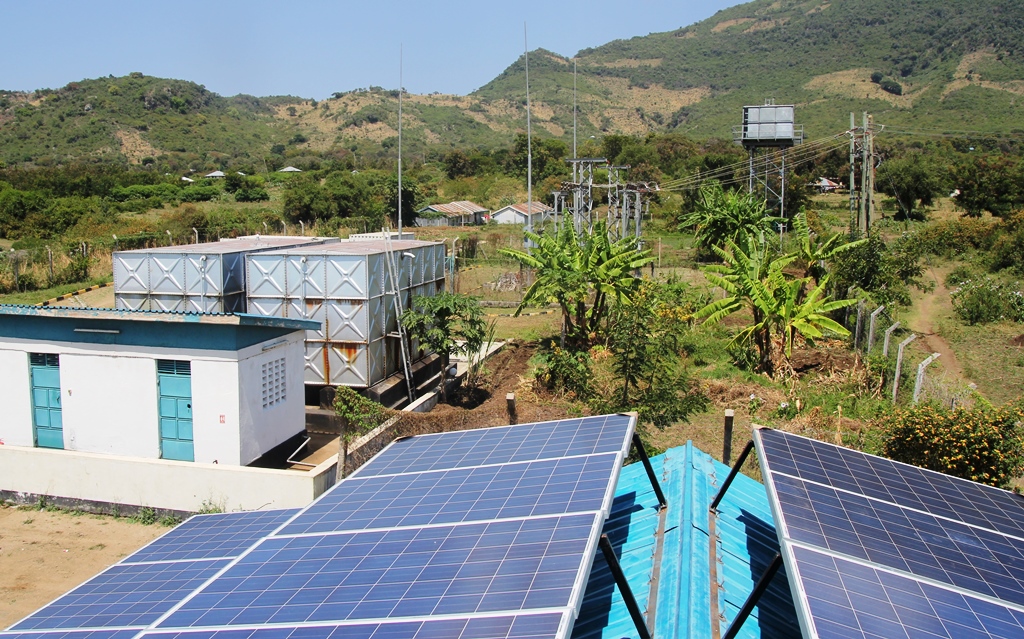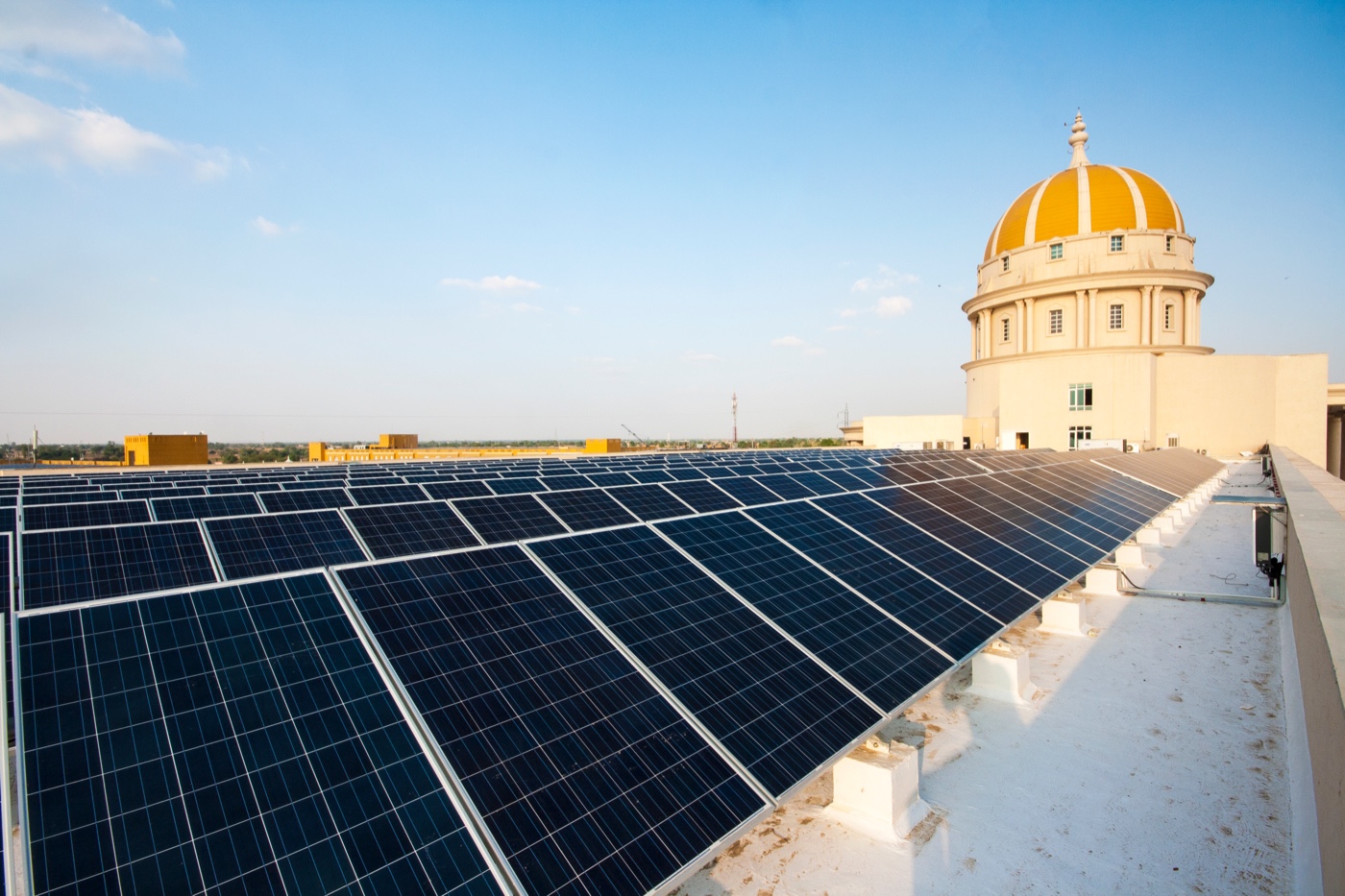 Intelligent energy storage equipment and systems are poised to make greater inroads into power markets in the U.S. and around the world as manufacturing costs continue to decline and energy market reforms proceed, according to a new report from Navigant Research.
Intelligent energy storage equipment and systems are poised to make greater inroads into power markets in the U.S. and around the world as manufacturing costs continue to decline and energy market reforms proceed, according to a new report from Navigant Research.
Leading developers were able to achieve notable gains in scaling up advanced energy storage systems in 2015, principal analyst Anissa Dehamma pointed out. Navigant expects persistent issues, such as the lack of standardized contracts and modular systems designs, to be resolved as industry participants adopt new business models for the residential market segment and help build virtual power plants.
Energy storage systems developers and vendors will take lessons from distributed solar by quickly establishing interoperability, other technical and quality standards for components and how they connect to power grids, according to Navigant’s white paper, ¨Five Trends for Energy Storage in 2016.¨
ESSI: The Key to DER Aggregation
Energy storage will increasingly be a viable option to costly investments in conventional utility grid and substation upgrades as load profiles and population change, according to Navigant. That’s going to fuel rapid growth in virtual power plants via which utilities, as well as communities and large power users, can integrate a variety of distributed energy storage, generation and distribution assets to construct the equivalent of a large, centralized power plant.
This, in turn, will significantly improve the ability to connect to and manage variable/intermittent renewable power generation resources, such as wind and solar installations, thereby helping achieve local, national and international climate change mitigation goals.

In addition to remote communities, areas where grid power is unstable and prone to failure will benefit from installation of distributed energy storage systems (DESS) and microgrids. In addition, utilities will turn to energy storage systems to reduce outages that affect large numbers of customers. According to Navigant:
¨Technology, policy, utility, grid operator, and electricity customer stakeholders across the distributed and utility-scale energy storage space will embrace several trends over the next 3-5 years in order to drive the development of new markets¨:
- The rise of new standard ESS contracts will drive consumer and utility storage markets
- Modularity driven by lean manufacturing concepts will take storage by storm
- Innovation from blue chip IT companies will lead storage into the distributed energy
resources (DER)/energy cloud space - Utilities will embrace residential energy storage
- Energy storage-enabled virtual power plants (VPPs) will invade the markets.
Navigant recently rated leading ESS Integrators Leaderboard Report:





